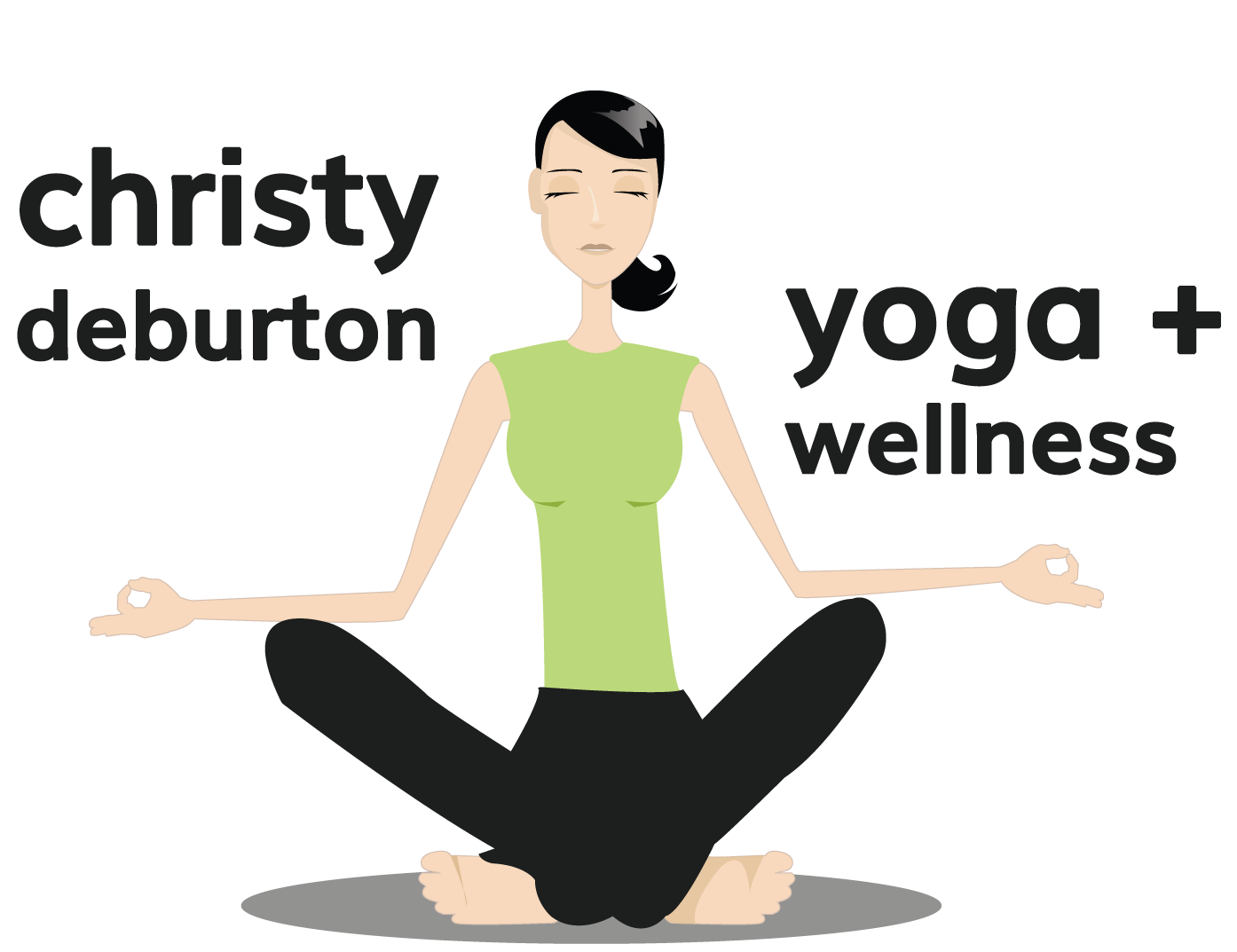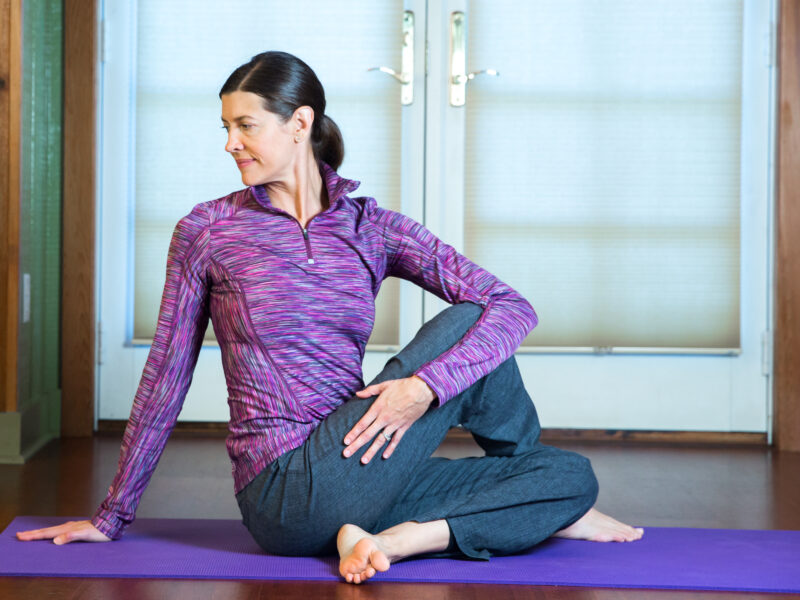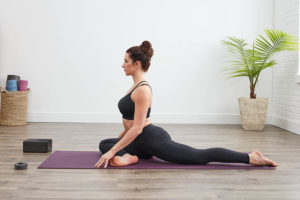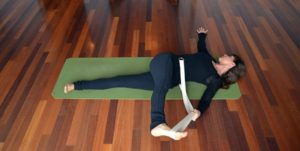Got a pain in the butt??? At some point in your life chances are good that you are going to have a bout of sciatica. Maybe you already have. I’ve been working with a few private yoga clients lately who are dealing with this issue, so I thought it might be a good time to write a blog post about it and share some yoga poses that can help soothe your sciatica.
A Brief Anatomy Lesson
The sciatic nerve runs from your lower back through your hips and buttocks and down each leg. Sciatic pain can come from impingement in your lumbar spine (a herniated disc), pelvic/SI (sacro-iliac) joint misalignment, or a tight piriformis muscle, which is an external rotator muscle found underneath your gluteus maximus.
How Yoga Can Help
When someone comes to me complaining of sciatica, we first need to figure out which of the above-mentioned issues could be the culprit. While a herniated disc is certainly beyond the scope of what a yoga practice can cure, some good awareness of lengthening the spine (axial extension) never hurts, and is a great preventative practice for anyone who would like to avoid a herniated disc.
Next, we might focus on stretching the piriformis (one of our external rotator muscles found deep underneath the gluteus maximus). This can be done through yoga poses known as ‘hip openers,’ the most popular of which is arguably Pigeon pose. The traditional variation shown below may be risky for anyone with pelvic/SI joint instability, or a bit challenging for beginners, so another option is doing a supine ‘figure 4’ variation at the wall where you can control the intensity of the stretch better.
Cow Face pose, or just the lower half of the pose, known as Shoelace in Yin yoga, seen below, is another hip opener (though also a rather intense pose, so a supine variation–imagine just getting your body into this shape, but while lying on your back and holding your feet with your hands–could give you plenty of a stretch).
Seated spinal twists like the one below, modeled by yours truly, are also great at hitting the piriformis muscle and giving it a big stretch.
If you have really tight hips this seated twist variation can be challenging, so a supine version like the one pictured below might feel better. Try any or all of these poses (ideally under the guidance of a yoga teacher, especially if you are new to yoga) daily for a couple weeks and see if they alleviate your sciatic pain. If not–or if there’s tingling or numbness–see a doctor.
Finally, abdominal and core strengthening can help better stabilize your pelvis and SI joint, which can also be culprits in sciatica. Core-strengthening is so important to our overall physical health, and there are all kinds of good core-strengthening yoga postures. I developed my ‘Yoga for Core Integrity’ 8-week online course to help you power up your yoga poses and your body by exploring all the muscles–abs, glutes, back muscles, psoas and more–that make up a strong core. Especially if you’re experiencing back pain, poor balance, bad posture or a little extra weight around your mid-section, this course is for you. Enroll now!
You can also check out my 15-Minute Yoga video course which includes videos for strengthening your core and hips!






 My Two Favorite Core-Strengthening Exercises
My Two Favorite Core-Strengthening Exercises